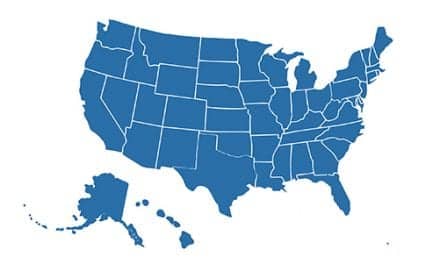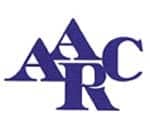Swabs from the nose and mouth identified the pathogens responsible for community-acquired pneumonia (CAP) in about a third of young children tested, according to Healio.
For patients diagnosed with CAP without an identified etiology, the two types of swabs could identify viruses in 34% of patients, including human parainfluenza virus 4, human bocavirus, Coxsackieviruses, rhinovirus A, and rhinovirus C. More RNA viruses were detected with RNA-seq, and PVG PCR detected more DNA viruses in patients with CAP.
RNA-seq was also able to identify 90% of previously unknown pathogens; PVG PCR identified 57%. When human rhinoviruses and Mycoplasma pneumoniae were excluded, PVG PCR was more effective at detecting viruses (78%).
“Data from our proof of concept study of upper respiratory specimens suggest that RNA-seq and PVG PCR enable more comprehensive pathogen detection compared with virus-specific, real-time PCR–based tests,” the researchers wrote. “While specimens from the upper respiratory can be collected without invasive procedure, they are most useful for identifying viral infections and have limited utility in testing for bacterial pneumonia.”
Get the whole story at www.healio.com










